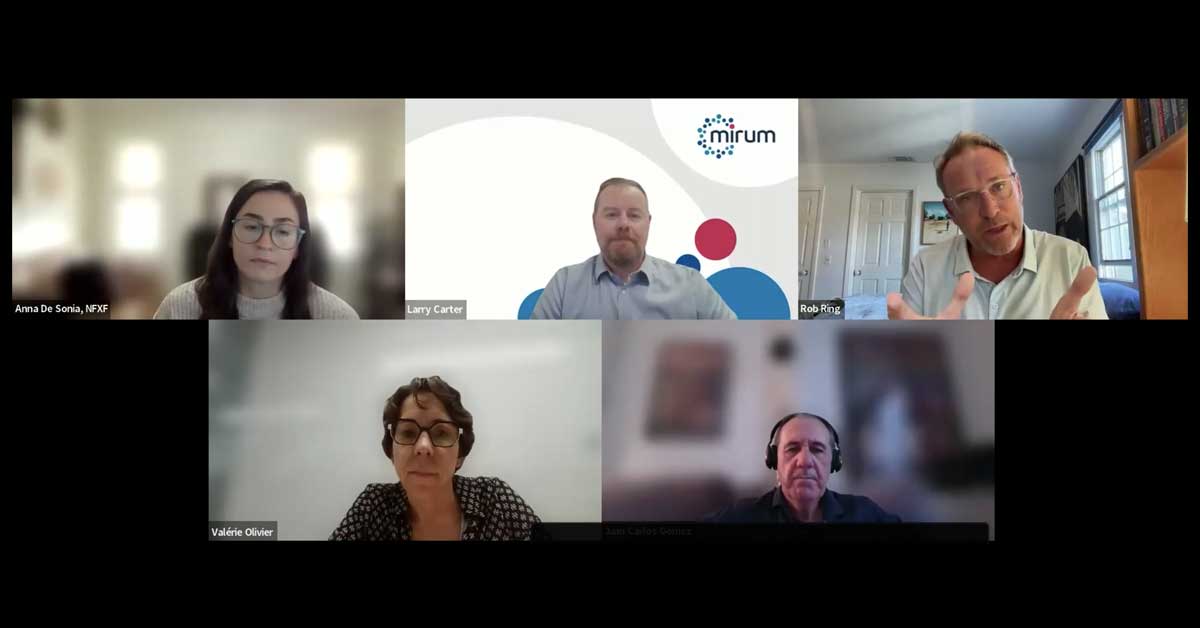1. Maternal Labeling During Play with Young Children with Fragile X Syndrome
With Laura Mattie
The quality and quantity of maternal language input contribute to vocabulary growth. One simple form of input that caregivers provide is labeling objects when their child expresses interest in them. A similar relation is likely in Fragile X syndrome, but there is limited research in this area. The purpose of this study was to describe maternal labeling during play. Maternal labeling was coded in 15 min of free play for 14 children with Fragile X syndrome. Mothers who talked more produced more labels. Mothers who produced more different labels had children with higher receptive vocabularies. Intervention implications will be discussed.
Recording: 0:00-15:00
2. Parenting Adolescents and Adults with Fragile X Syndrome: Concurrent and Lagged Effects of Coping on Mothers’ Well-Being
With Leann DaWalt
In stressful situations, coping strategies can have a buffering effect on parent well-being; however, little is known about the effectiveness of specific coping strategies by mothers of children with Fragile X syndrome. The present study investigated the impact of coping on daily as well as long-term emotional well-being among premutation carrier mothers of adolescents and adults with FXS. We found that, on a daily basis, mothers of adolescents and adults with higher levels of challenging behavior had decreased positive affect and increased negative affect. Coping style not only served as a buffer for mothers’ emotional well-being in the face of daily challenging behavior but also had long-term impacts on emotional well-being over time. The study has implications for ways to support the emotional well-being of premutation carrier mothers both “in the moment” and as their children age.
Recording: 15:15-30:17
3. A Paradigm-Shifting View of Intellectual Disability in Fragile X Syndrome
With Lauren Schmitt
Identifying the relationship between FMRP levels and IQ may be critical to better understanding underlying mechanisms and advancing treatment development and planning in Fragile X syndrome. We show that FMRP is related to IQ across individuals with FXS, consistent with previous findings. We also show that IQ demonstrates a downshifted but otherwise normal distribution. This suggests there may be an “FXS standard curve” and that the biological and social-environmental factors that contribute to individual differences in IQ in typical development also contribute to differences in FXS. Our pilot data confirms this assumption, thus we propose a new model of intellectual disability in FXS.
Recording: 30:45-46:30
4. Relationship Between Cognitive and Behavioral Impairment in Children in Fragile X Syndrome: A Latent Class Analysis of FORWARD Data
With Walter Kaufmann
In a previous analysis of FORWARD data, using latent class analysis (LCA), we identified clinically meaningful behavioral subtypes in children in FXS. To better understand the relationship between cognitive and behavioral impairment in FXS, we conducted a follow-up study of the same dataset incorporating cognitive data to the LCA. We found five groups representing the spectrum of intellectual disability (ID), from predominantly no ID or developmental delay (DD) to mainly moderate to severe ID. While the proportion of individuals with irritability/agitation, aggression, and self-injury was directly correlated with the level of ID, other behavioral conditions (such as attention problems, autistic behavior), were less closely associated with ID level.
Recording: 47:22-1:02:35
5. Sound, Rhythms, and the Fragile X Brain: Finding the Right Beat to Help Kids Learn
With Ernie Pedapati and Grace Westerkamp
The Cincinnati Children’s team presents what we have learned about the unique timing or rhythms of brain activity in individuals with Fragile X syndrome. We focus on patterns in the FXS brain while awake and how it responds to what we hear and see. We will also review our current findings from our FXS gene therapy program. We will also introduce our new NIH program on using artificial intelligence to build a personalized brain “pacemaker” using special sounds to enhance language learning in children with FXS.
Recording: 1:02:42-1:17:41










